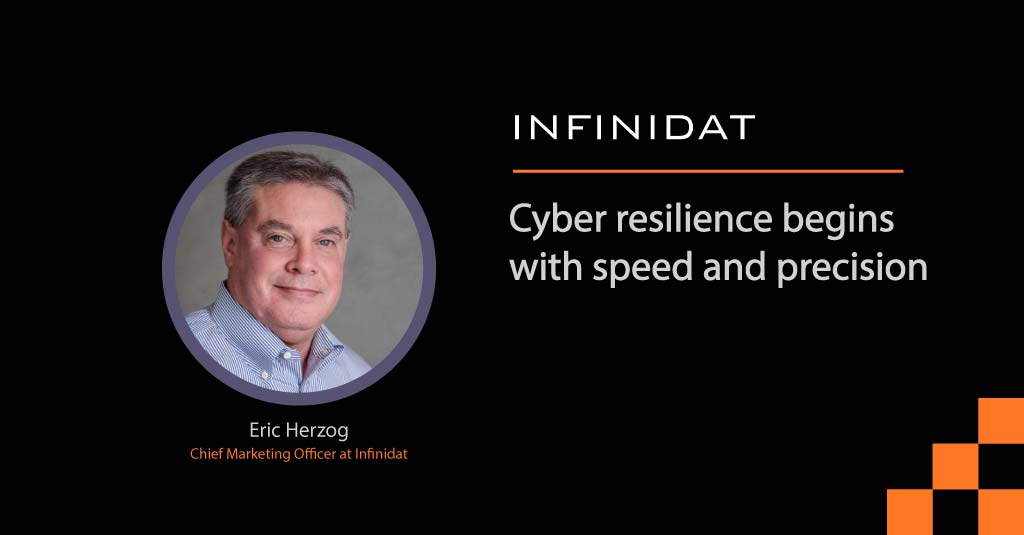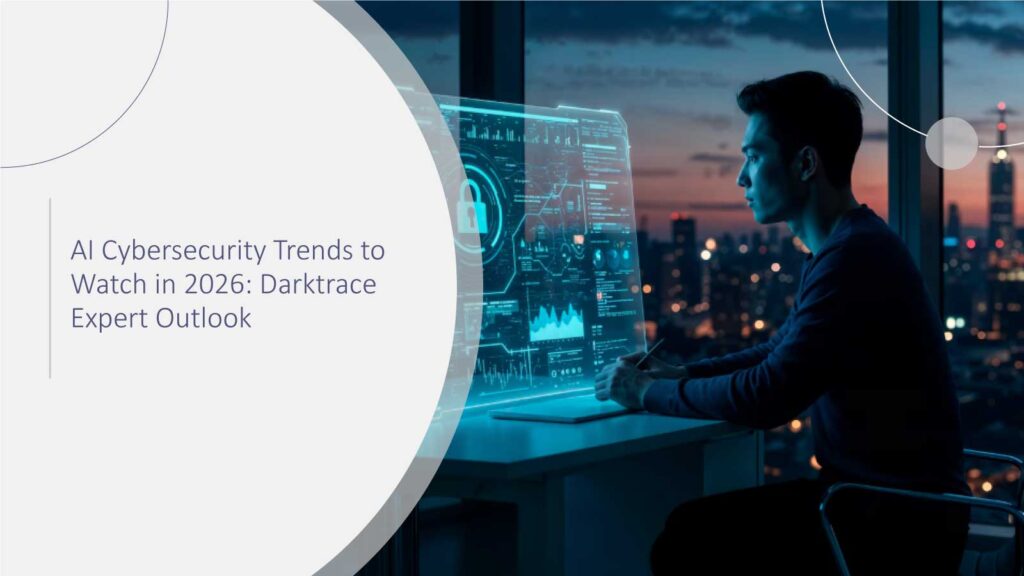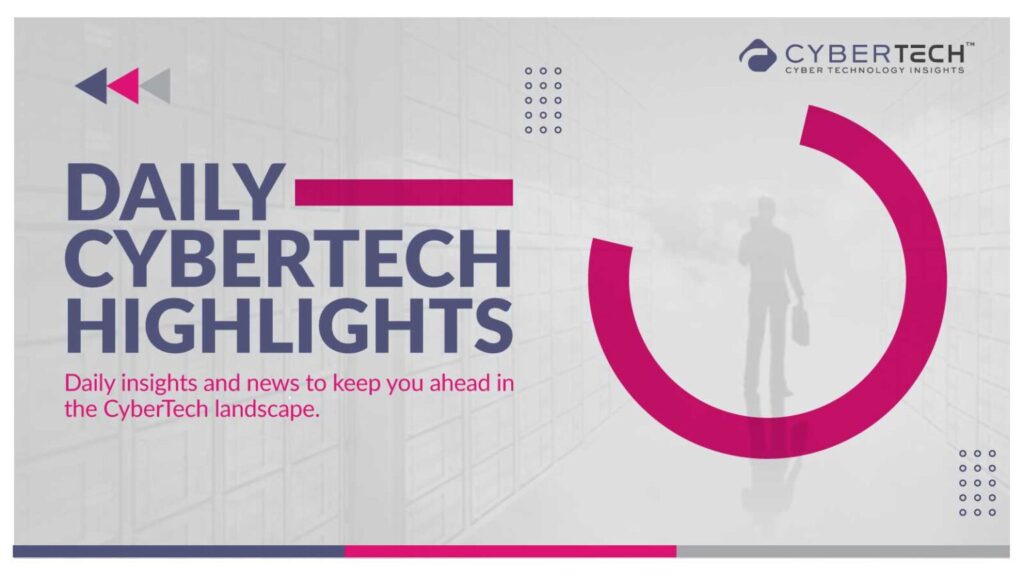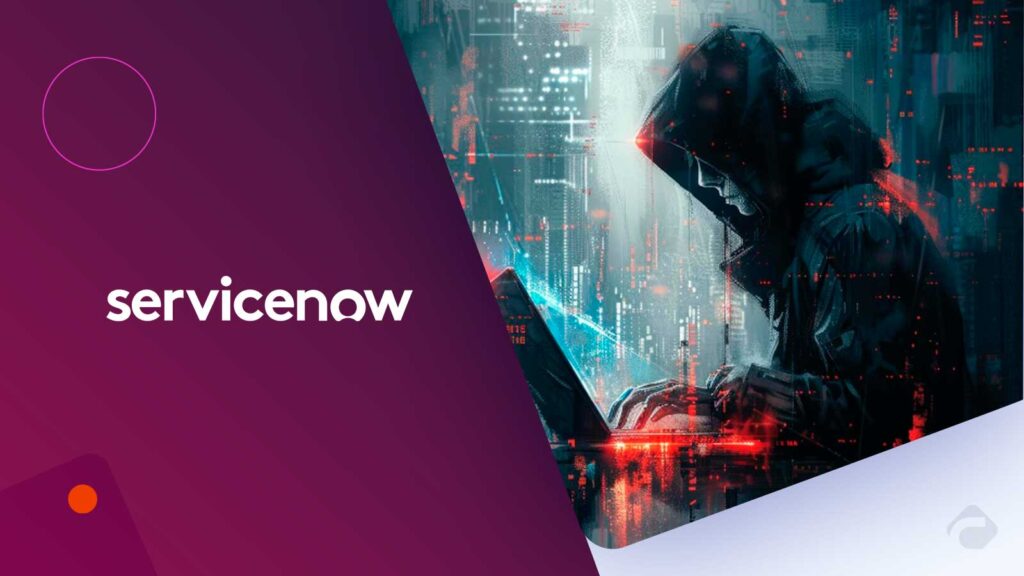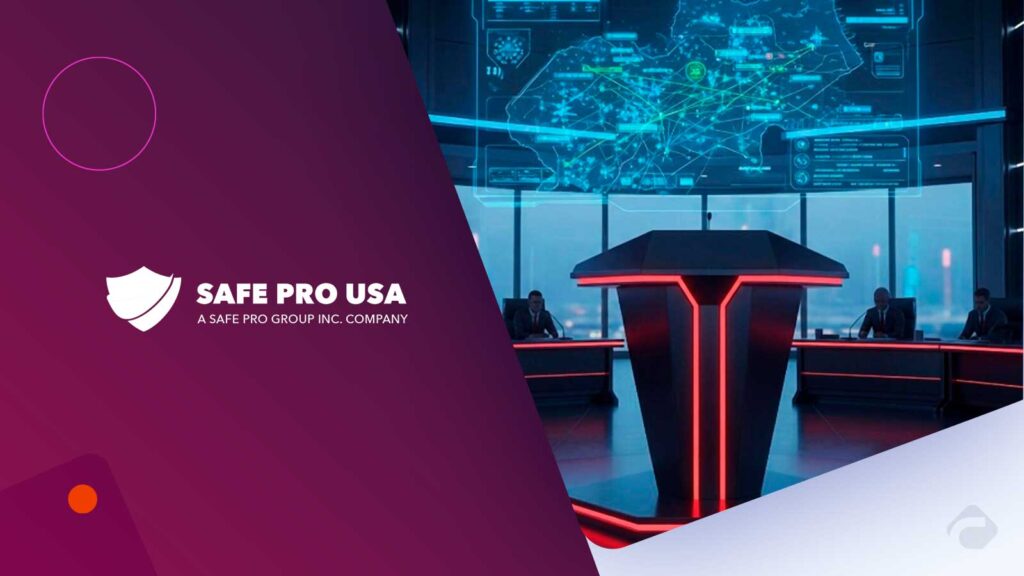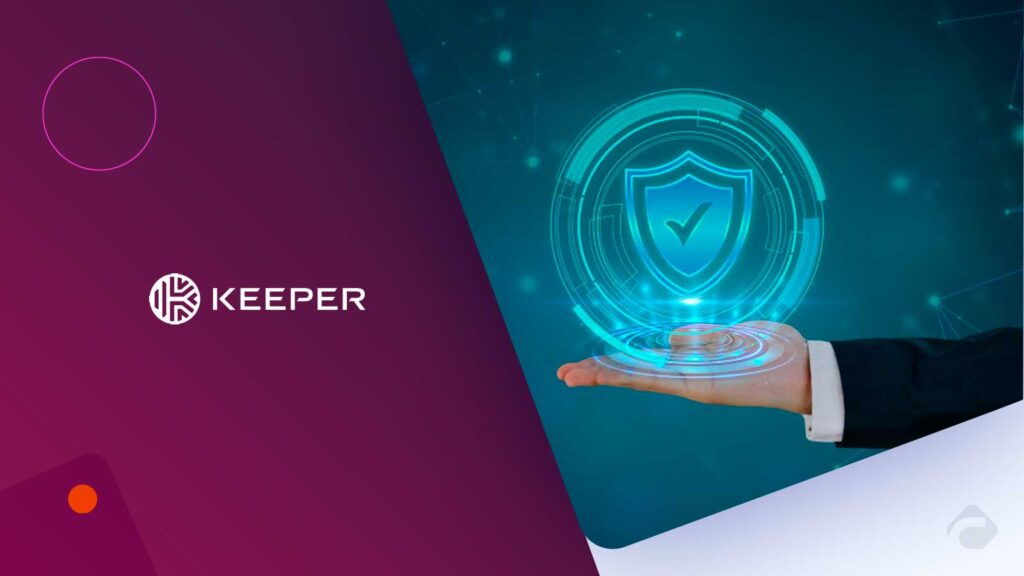The start of Cybersecurity Awareness Month is only days away. Throughout the month of October, conversations, debates, and information-sharing about securing data infrastructure will accelerate, expand, and go deeper into the cyber sphere, as organizations across the world try to figure out what gaps they need to fill, what questions they need to be asking, and what cyber strategies they need to consider.
One of the major areas to consider will be the fast recovery of data in the aftermath of a cyberattack. It’s not “if” your organization will be hit by a ransomware attack or malware attack; it’s “when” and “how often.” Having a cyber-centric, recovery-first strategy positions an enterprise to build cyber resilience into the fabric of their enterprise storage infrastructure.
To do it most effectively, it is best to implement an end-to-end, next-generation cyber storage data protection and recovery capability. It needs to be highly integrated, automated, and orchestrated. Where do you start?
Embracing the foundational elements of cyber storage resilience is a logical starting point. These elements include:
- Protect the data using truly immutable snapshots that have no “backdoor”
- Validate the data
- Recover the data near-instantaneously
The last one is where speed comes into play. In 2025 and beyond, if your enterprise is not able to recover mission-critical data rapidly after a cyberattack, you’re going to have issues – major issues, such as business shutdown, financial losses, reputational damage, and customer disruptions. The threshold is getting higher and higher.
According to a recent survey conducted by The Register / Blocks & Files, over 30% of large enterprises surveyed said that their recovery time objective is either “under 30 minutes” or, at most, “under one hour.” Another 30% of respondents indicated that it’s somewhere between one and 12 hours. The remainder indicated “under 24 hours.”
Approximately 43% of enterprises with 10,000+ employees surveyed cited enterprise storage and data protection as spending priorities. One-third of survey respondents currently depend on storage system-based cyber recovery solutions. Approximately 56% of enterprises say they have already incorporated storage solutions into their overall cybersecurity strategy, with another 20% of enterprises planning for it in the near future, according to the results of The Register / Blocks & Files survey.
Time is of the Essence
Imagine that you can recover a known clean copy of your enterprise’s data within one minute. How would that make your life easier and safeguard your enterprise? The good news is that this “one-minute” target for data recovery is not a pipe dream; it’s reality today. This capability already exists on primary storage.
One minute!
What this does is negate the adverse impact of cybercriminals.
Sure, you still have to admit that cybercriminals will do bad things, but you can have the tools with next-gen data protection to have built-in cyber resilience to bounce back with assurance. No compromise!
Besides immutable snapshots, the cyber-resilient stack that constitutes the “end-to-end” dimension also involves logical air gapping and a fenced forensic environment. You want to be able to isolate the data, scan it for corruption with a cyber detection solution, and only recover data that is free of any cyber threats – and do it fast, really fast.
Digital Disaster Recovery (DDR)
The need for speed is increasing because data recovery is inextricably linked to business recovery.
Your business is too important to leave to chance or incomplete data protection safeguards. You need to adopt a strategy that will provide early warning signs, automated immutable snapshots at the first inkling of a cyberattack, remove potential human error, and leverage AI/ML for the next level of cyber proficiency.
One of the “secrets” of next-generation data protection is a new capability that not even modern data protection has. It’s called automated cyber protection. It comes built into the primary storage platform, when you have the right cyber-secure storage platform. This is where valuable time is gained in the automated process.
Automated cyber protection seamlessly integrates into your Security Operations Center and/or with your cybersecurity software applications, including security information and event management (SIEM) and security orchestration, automation, and response (SOAR) applications. (And, to put a finer point on it, the survey by The Register / Blocks & Files survey showed how over 50% of survey respondents see SIEM and SOAR applications as a key area for investment.)
At the first sign of a cyberattack, the cyber resilient storage system with the automated cyber protection capability, seamlessly linked with SIEM and SOAR applications, takes an immutable snapshot of your enterprise’s known clean copy of data. After it is scanned and validated by a cyber detection solution, which should be built into your storage infrastructure, you are able to restore the data. This is a much more sophisticated process than just having data in your backup system and thinking “I’m good.”
Automated cyber protection is part of a coordinated effort to double down on how fast your enterprise can recover from a cyberattack and eliminate the negative effects. It’s speed and effectiveness. Speed and business recovery. Speed and a known clean copy of data, free of corruption. It’s enterprise-grade resilience at the speed of cyber.
The cybersphere,, of which every enterprise is part (whether they like it or not), is cranking on all cylinders. During this year’s Cybersecurity Awareness Month, the need for speed in data recovery will be center stage, indeed. Infinidat will be sharing insights and solution-specific information on Infinidat’s social media channels and website in October. Infinidat continues to lead the way with next-generation data protection.
Recommended CyberTech Insights: How GDPR Is Reshaping Cyber Risk in the AI and Cloud Era?
To participate in our interviews, please write to our CyberTech Media Room at sudipto@intentamplify.com
Recommended CyberTech Insights:
Why Managed Intelligence Providers Are the New Strategic Partner
Maybe Not This Table? Navigating the New Reality for CISOs in the Age of AI

